One Mic vs. Multimic Recording
I opened up an email today from Sound Liaison promoting their preferred recording technique – “one mic recording.” The opening sentence makes a bold statement that contains some truth and some fiction or – at best – aspiration. The line comes from Peter Bjørnild, one of the principals at the company. He claims, “The advantages of the ‘One Microphone’ approach to recording are undeniable: perfect imaging, an incredible sense of depth, superior realism, and complete phase coherence. In my view, there’s no better tool for optimizing speaker placement and finding the ideal listening position than a One Microphone recording, especially when done with the C700S. Another advantage is that it requires the musicians to perform with precision; there’s no ‘fixing it in the mix’, what you play is what you get.”
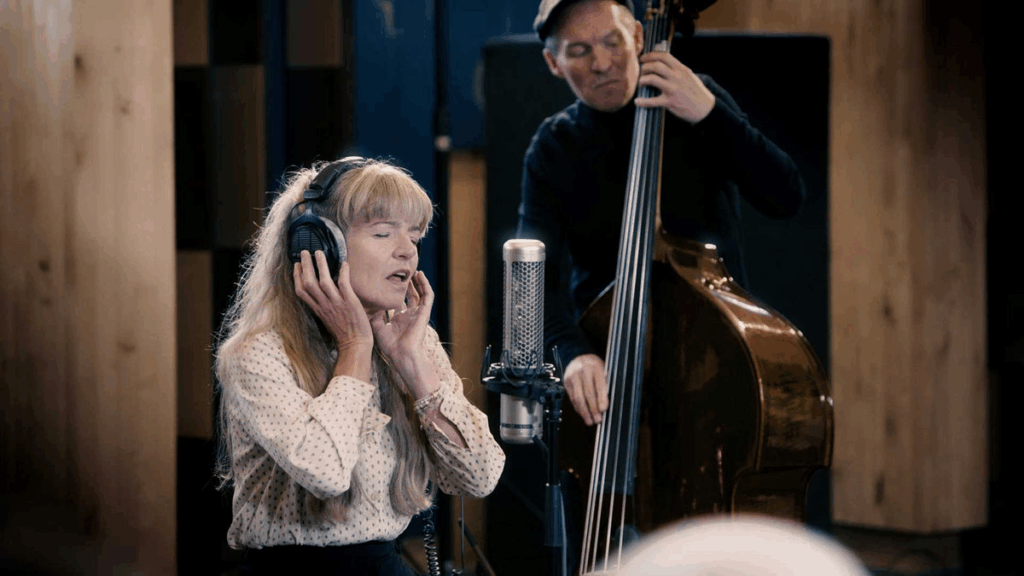
As I employ a completely different recording methodology and feel equally just in claiming superior sonic results, I thought it might be worthwhile to compare and contrast Sound Liaison’s “one mic recording” technique and my own close-miked, many stereo pairs approach. There are some advantages and disadvantages in each approach that warrant closer examination and explanation. If you have the chance to experience recording produced with each method, please comment below and let me know what you think. I have auditioned recordings done with a single microphone although I’m not sure I’ve heard one of their productions. In fact, I’ve made hundreds of recordings using exactly that technique.
When I glanced at the catchy title “One Mic Recording,” I immediately flashed back on the days of monophonic recording and couldn’t imagine anyone extolling the virtues of a technique that was abandoned in the late 1950s. Yes, there were plenty of albums released in the 60s that were mixed in mono, but the advancement of stereo later in the same decade brought an entirely new level of involvement to recorded music. Just as the move to 5.1 and now immersive Dolby Atmos moves the needle even further.
Sound Liaison is not using “one microphone.” They own or rented a very high quality – and expensive -microphone manufactured by Josephson called a C700S multi-pattern condenser STEREO microphone. In reality, because this microphone has three capsules – one omni directional and two figure 8, bi-directional – it is possible during post production to create different directional POVs. The recording engineer at Sound Liaison uses the MS or Mid/Side technique. It insures a completely phase coherent “point source” recording with no phase issues. But it is a stereo microphone – basically multiple capsules in one physical housing. I’ve used an AKG C-24, which uses the same approach. They combine two capsules in a single tube with the ability to adjust the angle between them. IMHO, it is incorrect to call this one microphone. Better to say it is one stereo microphone.
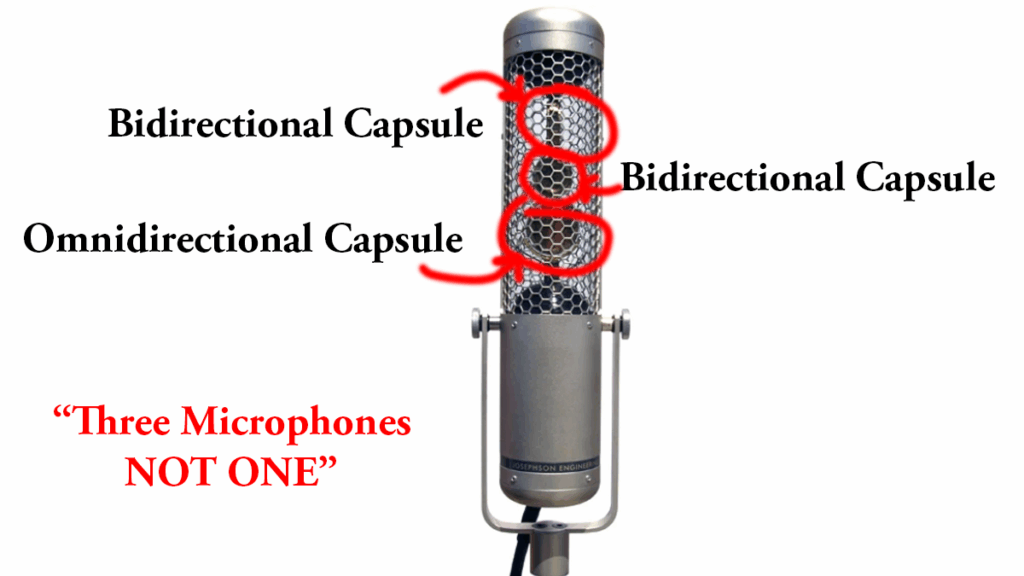
A recording made with a microphone of this type will not have any phase issues. All of the sounds from all of the instruments will arrive at the left and right capsules at the same time. No time shift or phase issues. However, a component of our ability to hear dimensionality comes from the placement of our ears a head’s distance away from each other. Our ears do not deliver phase coherent sound to our brains. Phase is a useful component – along with amplitude and timbral differences – in creating a realistic 3D listening experience. Believing that a point source microphone creates “perfect imaging” and a “great sense of depth” is undeniably false as compared to stereo microphone techniques that better mimic the way humans hear. I prefer to use the ORTF stereo microphone technique. Instead the capsules being located one on top of each other, we use two mono mikes mounted on a stereo bar roughly the width of a human head. These directional microphones very closely mimic and deliver the appropriate left and right channels much better than a single source stereo microphone.
When I introduce stereo recording techniques to my students, I explain that our ability to perceive and recreate dimensional sound recordings is based on three components: interaural time differences, interaural amplitude difference, and interaural timbral differences. Basically, we hear full immersive sound precisely because our ears are a small distance apart and introduce time differences (phase), amplitude differences (inverse square rule attenuation), and timbral differences because our heads filter some of the sound as it travels to both our ears. The best fidelity combined with the best depth is accomplished by adopting a technique like ORTF. MS and phase coherent stereo techniques were needed when people listened using mono playback systems in their cars. Broadcasts needed to be mono compatible.
I used to record symphonies and chamber music with a simple pair of ORTF placed microphones. It was an approach that led me to the technique that I used in all of my AIX Records releases. I combine the maximum depth ability of ORTF with close miking techniques.
Think about the limitations of using a single stereo microphone. All of the performers have to be physically placed around the microphone in a manner that will lock in the balance or mix of the various instruments. There is no “fixing it in the mix” as Peter Bjørnild stated in the opening sentence of his email. I actually prefer to be able to adjust individual instruments after the recording session. I don’t consider this as “fixing” anything, but rather a normal part of the post production process. Arranging several to many musicians around a single stereo microphone means that some will be close to the mike and some will be further – sometime much further away – than the vocalist or soloists. The means that those instruments that are closer to the mic will sound more “present” than those further away. Who wants difference fidelities for each group of instruments based on how far away they are from the microphone.
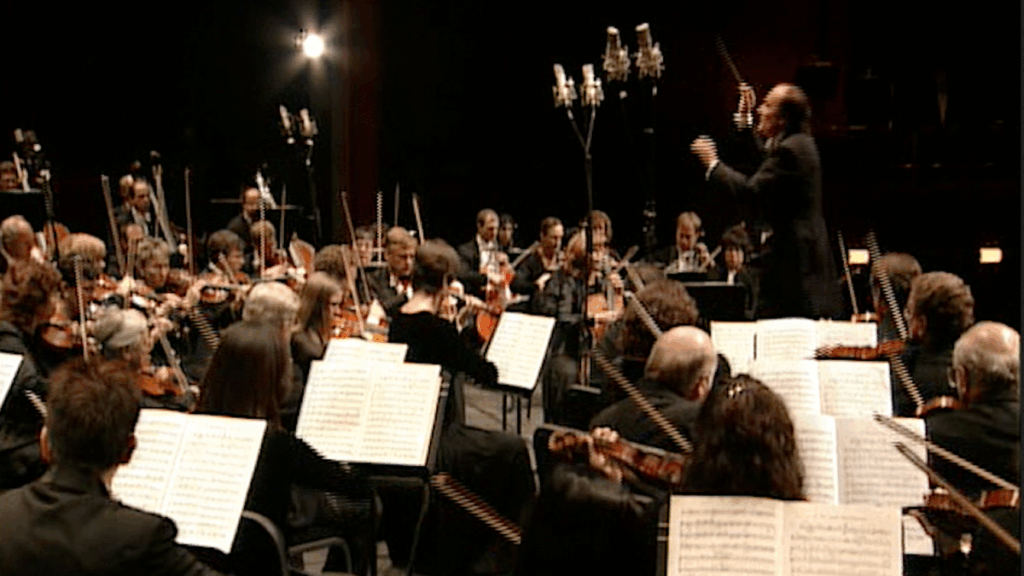
I opted to use multiple ORTF stereo pairs placed in close proximity to the instruments to achieve consistent “presence,” maximum depth, ultimate realism, and the ability to mix according to different POVs. I recently added the New Jersey Symphony Orchestra led by Maestro Zdenek Macal performing “Beethoven’s 6th Symphony, op 68 and Respighi’s “Pines of Rome” to my AIX Records Youtube channel. If you look at the videos, you’ll see a large number of ORTF microphones spread all around the ensemble. No one records an orchestra like this…but I did. And when the Maestro heard the playback, his jaw dropped. In all the years of recording and conducting, he had never heard a reproduction of his work that accurately reflected the sound he experiences while conducting from the podium. I’ve had plenty of other musicians relay the same sentiment, Bryan Pezzone couldn’t believe the sound of his recorded piano.
The “one mic approach” suffers from locked in balances, inconsistent tonal characteristics (presence), lack of depth, performance restrictions on the players, and the inability to present surround mixes. So be wary of promotional materials that brag about this or that recording technique based on uniformed opinions and unscientific claims.
A Couple More Missing Discs
I’m so thankful that my readers/customers/friends were able to assist in securing a copy of the Dave Mason disc. I got a physical copy and an ISO file. Thanks so much.
It turns out as I review my spreadsheet of AIX Records that I’m missing a few more, If anyone has any of the discs below and can lend them to me or let me buy them back, I would be most appreciative.
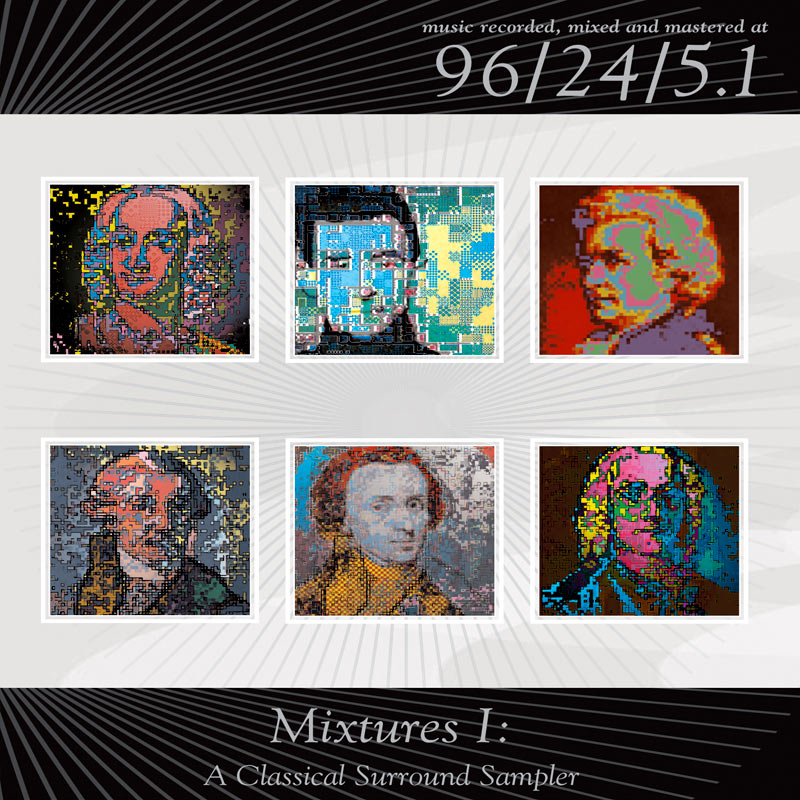
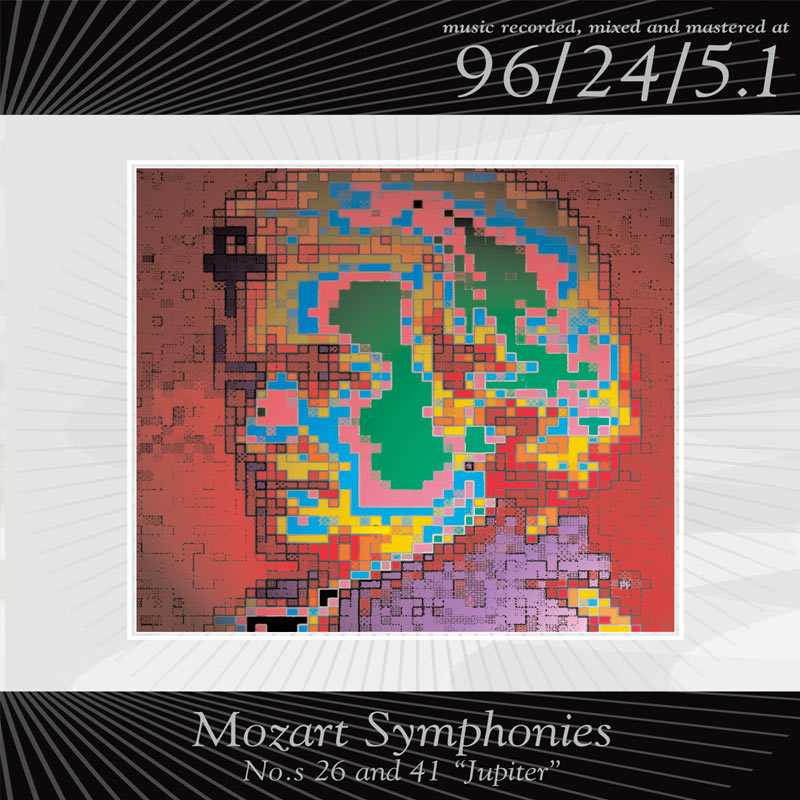
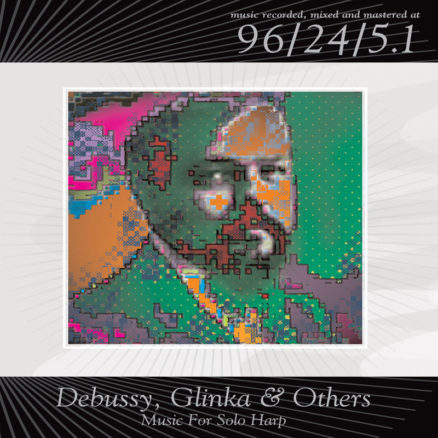
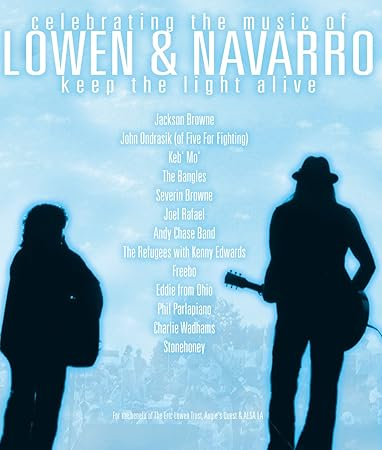
Help AIX Records Recover from Pali Fire
It’s been several months since the Palisades fire and progress has been made at our property. The Army Corps of Engineers has cleared all of the debris from the property and many other lots in the neighborhood. I hoping to be able to rebuild and have even been working with Revit software to image a new ocean view home to replace the previous one. Progress is slow but ongoing. I’ll keep you posted with updates and photos.
Many friends, family, and customers of AIX have reached out with notes of support and offers of assistance after learning our home was destroyed in the recent Palisades fire. Our GoFundMe campaign is still available. If you would like to donate, please visit Help AIX Records Mark & Mona Waldrep Recover from Pali Fire

Thanks for your kind support.

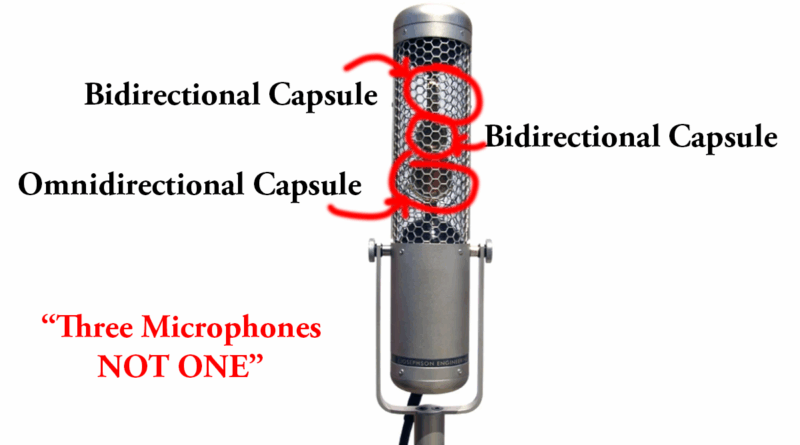
Allow me to disagree. I am a big fan of the Sound Liaison One Mic recordings, I find them some of the best sounding recordings in existence. And I find their claim: “The advantages of the ‘One Microphone’ approach to recording are undeniable: perfect imaging, an incredible sense of depth, superior realism, and complete phase coherence. In my view, there’s no better tool for optimizing speaker placement and finding the ideal listening position than a One Microphone recording,..”
I advise everyone with a reasonable speaker or headphone setup to take a listen.
“One Mic” recordings (actually a single stereo microphone) were the standard for classical and jazz recordings for decades and can produce wonderful recordings. The problems of balances, proximity, and the inability to remix are well known. I recorded with a single stereo pair for years until expanding my palette to include multiple stereo pairs.